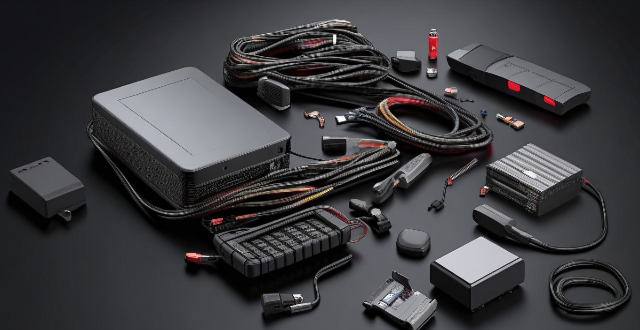Assembling a computer requires specific tools to ensure the process is smooth and efficient. These include a screwdriver set with both flathead and Phillips head screwdrivers in various sizes, an anti-static wrist strap connected to a grounded object, thermal paste for creating a thermal connection between the CPU and heatsink/cooler, cable management tools like zip ties and Velcro straps, pliers and cutters for trimming excess cables, a multimeter for testing voltage outputs from the PSU or troubleshooting issues during assembly, a magnetic parts tray to organize small components, and an anti-static mat to prevent static discharge.

Tools Needed to Assemble a Computer
Assembling a computer requires certain tools to ensure that the process is smooth and efficient. Here are the essential tools you will need:
1. Screwdriver Set
A good quality screwdriver set is crucial for assembling a computer. You will need both flathead and Phillips head screwdrivers in various sizes to accommodate different screws used in the components.
- Flathead Screwdriver: Used for securing components like the power supply unit (PSU) or motherboard standoffs.
- Phillips Head Screwdriver: Used for installing RAM, CPU cooler, and other components with Phillips head screws.
2. Anti-Static Wrist Strap
An anti-static wrist strap helps prevent static electricity from building up on your body and damaging sensitive electronic components. It should be connected to a grounded object, such as a metal part of the case or an anti-static mat.
3. Thermal Paste
Thermal paste is used to create a thermal connection between the CPU and the heatsink/cooler. It ensures proper heat dissipation from the CPU to the cooler. Make sure to use only a small amount, as too much can actually hinder heat transfer.
4. Cable Management Tools
Cable management tools can help keep your build looking clean and organized. These include zip ties, cable combs, and Velcro straps. They help route cables neatly and secure them out of the way of airflow.
5. Pliers and Cutters
While not always necessary, pliers and cutters can come in handy for trimming excess cables or removing stubborn zip ties. Just be careful not to accidentally damage any components with these tools.
6. Multimeter (Optional)
A multimeter is not required but can be useful for testing voltage outputs from the PSU or troubleshooting issues during assembly. It's an advanced tool that can save time and headaches down the line.
7. Magnetic Tray (Optional)
A magnetic parts tray can help organize small screws, standoffs, and other tiny components during assembly. This prevents misplacing important pieces and makes it easier to keep track of everything.
8. Anti-Static Mat (Optional)
An anti-static mat provides a safe surface for assembling your computer by preventing static discharge. While not strictly necessary, it adds an extra layer of protection for your components.
By gathering these essential tools beforehand, you will be well-prepared to tackle the task of assembling a computer smoothly and efficiently.